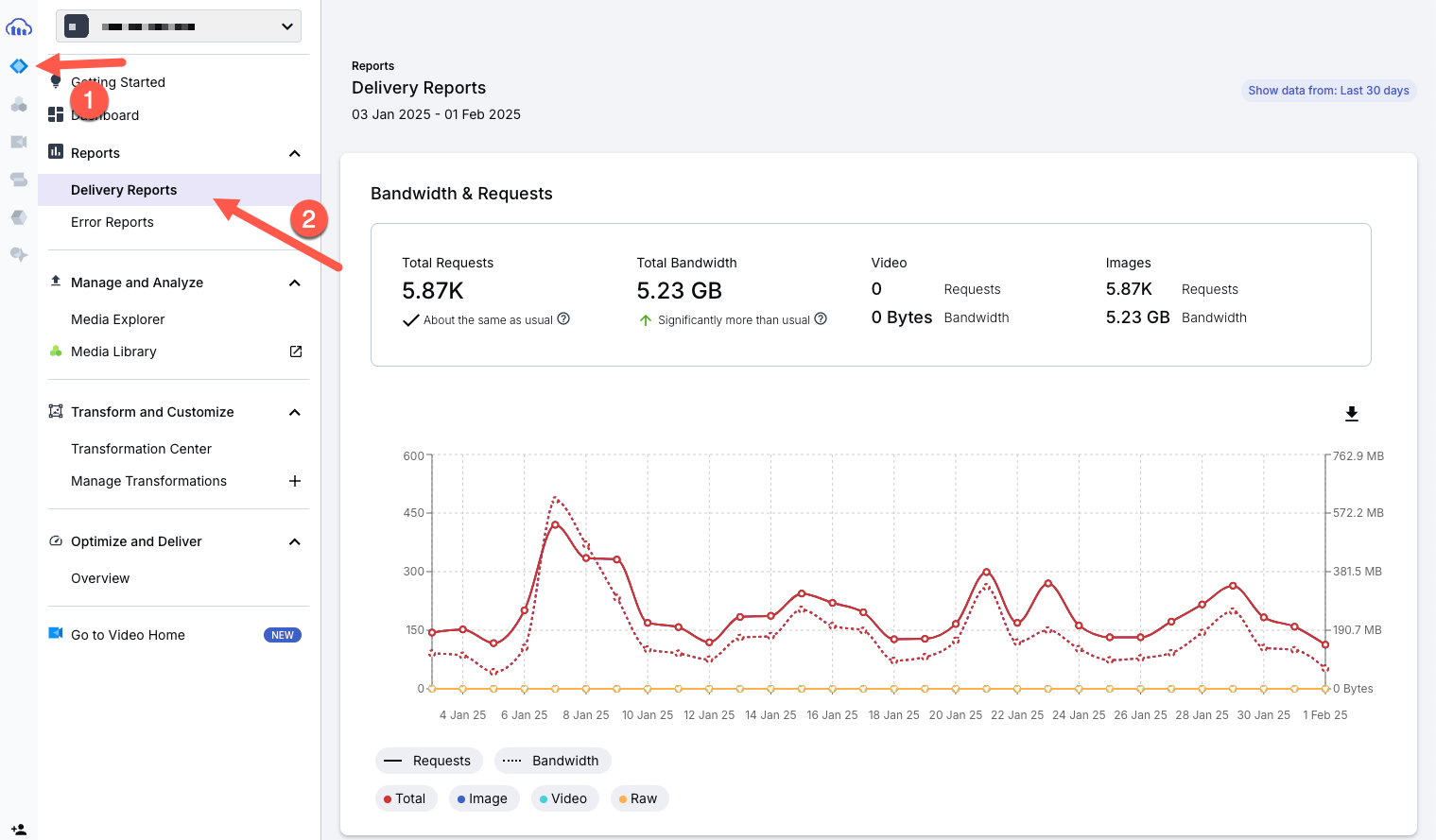
Cloudinary: Complete Buyer's Guide
AI-powered digital asset management platform
Cloudinary positions itself as the definitive AI-powered digital asset management platform that transforms how design teams create, optimize, and deliver visual content at scale. Best for mid-market to enterprise organizations with high-volume visual content requirements seeking to accelerate creative workflows through automated optimization and AI-driven transformation capabilities.
Market Position & Maturity
Market Standing
Leader positions in both IDC MarketScape and Gartner Magic Quadrant for DAM platforms[137][138].
Company Maturity
Enterprise customer adoption demonstrates market maturity and operational scale, with implementations spanning luxury retail, fashion, athletic apparel, and other visual-heavy industries[124][128][133][134].
Industry Recognition
Leader positions in both IDC MarketScape and Gartner Magic Quadrant for DAM platforms[137][138].
Longevity Assessment
Long-term viability indicators include established enterprise customer base, analyst recognition, and continued product development in AI capabilities.
Proof of Capabilities
Customer Evidence
Neiman Marcus completed migration of 18M+ assets with zero campaign disruption[124][128].
Quantified Outcomes
Neiman Marcus achieved 60% cost reduction and 75% time savings in asset processing[124][138].
Case Study Analysis
Rapha leveraged Cloudinary's Generative Fill and Extract tools to reduce image delivery time from 24 hours to near-instantaneous while cutting video production time by 50%[134].
Market Validation
Implementations span multiple industries including luxury retail, fashion, and athletic apparel[124][128][133][134].
Competitive Wins
The platform's API-first architecture with 300+ endpoints for media transformation[125] enables capabilities that traditional DAM solutions cannot match.
Reference Customers
Enterprise customers like Neiman Marcus, GUESS, and Rapha demonstrate platform versatility across visual-heavy sectors[124][128][133][134].
AI Technology
Proprietary AI Vision technology that enables custom taxonomies without requiring model training, achieving 95% precision in controlled test environments though performance drops to 70-80% accuracy with heterogeneous real-world assets[122].
Architecture
API-first composable architecture with 300+ endpoints for media transformation[125].
Primary Competitors
Adobe Experience Manager, Bynder, and emerging AI-native DAM solutions.
Competitive Advantages
Composable API-first architecture with 300+ endpoints for media transformation[125].
Market Positioning
Leader positions in both IDC MarketScape and Gartner Magic Quadrant[137][138].
Win/Loss Scenarios
Wins when organizations prioritize API-first integration, high-volume visual content processing, and generative AI experimentation.
Key Features

Pros & Cons
Use Cases
Integrations
Pricing
Featured In Articles
Comprehensive analysis of AI Creative Asset Management for AI Design for AI Design professionals. Expert evaluation of features, pricing, and implementation.
How We Researched This Guide
About This Guide: This comprehensive analysis is based on extensive competitive intelligence and real-world implementation data from leading AI vendors. StayModern updates this guide quarterly to reflect market developments and vendor performance changes.
138+ verified sources per analysis including official documentation, customer reviews, analyst reports, and industry publications.
- • Vendor documentation & whitepapers
- • Customer testimonials & case studies
- • Third-party analyst assessments
- • Industry benchmarking reports
Standardized assessment framework across 8 key dimensions for objective comparison.
- • Technology capabilities & architecture
- • Market position & customer evidence
- • Implementation experience & support
- • Pricing value & competitive position
Research is refreshed every 90 days to capture market changes and new vendor capabilities.
- • New product releases & features
- • Market positioning changes
- • Customer feedback integration
- • Competitive landscape shifts
Every claim is source-linked with direct citations to original materials for verification.
- • Clickable citation links
- • Original source attribution
- • Date stamps for currency
- • Quality score validation
Analysis follows systematic research protocols with consistent evaluation frameworks.
- • Standardized assessment criteria
- • Multi-source verification process
- • Consistent evaluation methodology
- • Quality assurance protocols
Buyer-focused analysis with transparent methodology and factual accuracy commitment.
- • Objective comparative analysis
- • Transparent research methodology
- • Factual accuracy commitment
- • Continuous quality improvement
Quality Commitment: If you find any inaccuracies in our analysis on this page, please contact us at research@staymodern.ai. We're committed to maintaining the highest standards of research integrity and will investigate and correct any issues promptly.